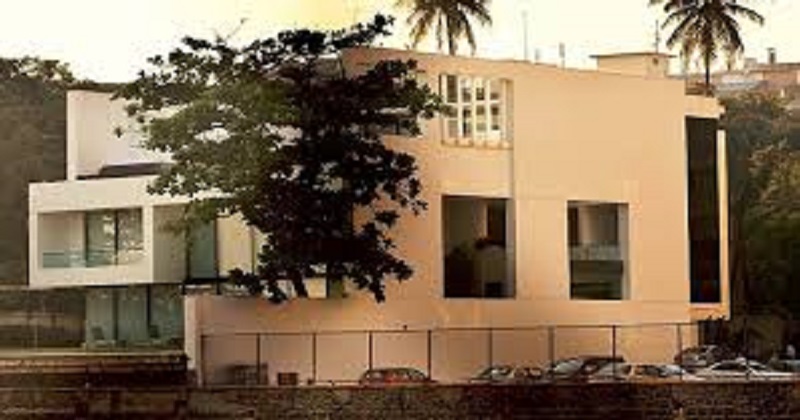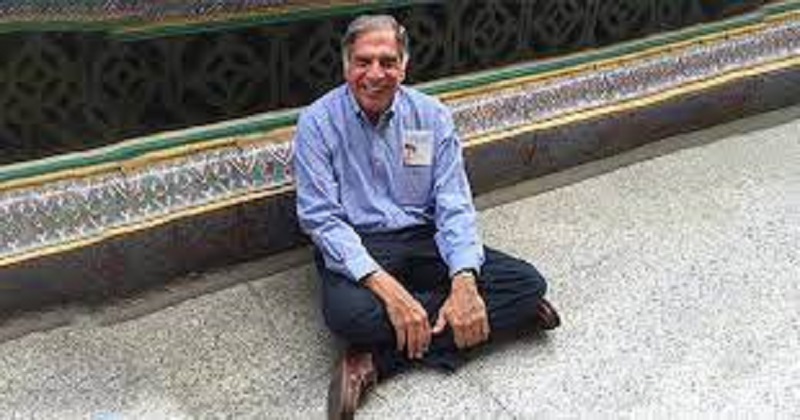
Colonial administrators first glimpsed India as the future ‘jewel in the crown’ of the British Empire in 1835, when they discovered the hillsides of Assam, the frontier region of north-east India, filled with an evergreen shrub that botanists call Camellia sinensis and everyone else calls the tea tree or tea shrub. During the California Gold Rush of 1849, a New Jersey carpenter found yellow metallic flakes in a river near Coloma. In 1835, there was a tea rush in India. Assam’s promise of fortunes catalyzed the establishment of the British Raj in 1858. The British Crown now rules over the Indian subcontinent.
142 years later, in 2000, the Raj, which had ended with India’s independence in 1947, was suddenly rewound and run backward under the chairmanship of Ratan Tata. Tata Group acquired Tetley, the largest teabag brand of the former British Empire, that year. The acquisition was the largest foreign acquisition ever by an Indian company, and six years later, when Damian Whitworth visited the iconic Tata hotel in Mumbai – He interviewed Ratan Tata in an opulent suite overlooking the Arabian Sea and reflecting on the Tata deal while sipping ice tea (Tetley’s of course).

‘Isn’t it ironic that an Indian company is purchasing Britain’s top tea brand?’, Whitworth asked. ‘Yes,’ he replied, quickly changing the subject. Tata is too shrewd and too modest to go around bragging about his achievements like some territory-grabbing East India Company manager. Ratan’s reserve on that occasion might have been shrewd, but it was only a touch. Whitworth himself wrote that he had attended a party thrown by the head of Air India, the state-owned national airline founded in 1932 by J.R.D. Tata as Tata Airlines, India’s first commercial airline. As the wine flowed, Whitworth wrote, ‘there was only one strange absentee, Ratan Tata himself’. When he asked about this, the revellers laughed: ‘He’s a recluse. He doesn’t exactly go on the cocktail circuit’.
Ratan was fondly remembered, but he was clearly regarded as eccentric. ‘Sometimes he drives himself!’, said one member of this chauffeur-driven set. Film star-turned-producer Randhir Kapoor recalled going to the barber in the hotel at the same time as Tata. With the majority of Tata Sons owned by charitable trusts, Ratan and the other Tatas are wealthy, but not multibillionaires. The grand dame of one of the wealthiest families in India raised Ratan in the equivalent of a palace. Whitworth writes, ‘and yet, if you look at Ratan’s lifestyle today, he lives like any professional manager – in fact, all the top corporate executives I know lead lifestyles that are far more lavish than Ratan’s’.

A few miles from the Taj Mahal Palace hotel, he’s lived for the last few years in a comfortable flat with a small garden for Tito and Tango [his dogs]. When he dies, the apartment will be returned to the Tata Group. Many of my interviews were conducted in my apartment. It is the home of a bachelor who loves reading and dogs, not the home of the head of India’s largest conglomerate’. Ratan admitted, ‘Yes, I did grow up amidst a lot of wealth. Don’t forget, though, that for ten years I lived off the Reserve Bank’s allowances and that was never enough. To make ends meet, I took on all kinds of jobs, including washing dishes. You can forget that your family is rich quite quickly if you do things like that’.
Whitworth implied that this modesty, embodying the drive-yourself-and-pay-yourown-haircut ethic, was entirely in keeping with the radically unconventional company. Whitworth quoted a ‘well-known Indian investigative journalist’ who told him that the Tata Group was different from other companies in India. They refuse to accept bribes. Ratan himself laid down as a principle: ‘Corruption is rampant. We will not submit to corruption’.
It doesn’t end there. According to Whitworth, Tata is unique among global corporations in its approach to workers. Ratan Tata restructured his steel division. By investing in mechanization and introducing new processes, Tata Steel will now require far fewer employees to run the plant than it did before. Uncertainty and unrest surrounded the possibility of mass layoffs. However, Ratan was able to negotiate a voluntary retirement policy with the union, which allowed the employees to leave the company’s accommodation and facilities and leave Jamshedpur, instead of simply laying off thousands. Ratan offered to continue paying their basic salary until they retire. As a result, a major dispute involving the next generation of employees was avoided. The basic wage payment to retirees was an unbelievably low-cost alternative to dealing with the unions or long drawn out agitation and discord between workers and management.
Read more: Life is ‘never easy’: Afghan refugee trolled for sharing picture of food given at US camp
The above was an outgrowth of Ratan’s values similar to those of Jamsetji Tata and his sons, who laid the foundation for an exuberantly capitalist enterprise that nevertheless defined corporate social responsibility as an indispensable component of success, not as a fringe benefit. Ratan said in 2006 that the statistics were chilling. ‘Every year, we [in India] produce 18 million new people. Every year, that’s [almost] one Australia. It would be great to see the disparity between the rich and the poor reduced. Having a billion people should be our strength’, he concluded.

Post Your Comments